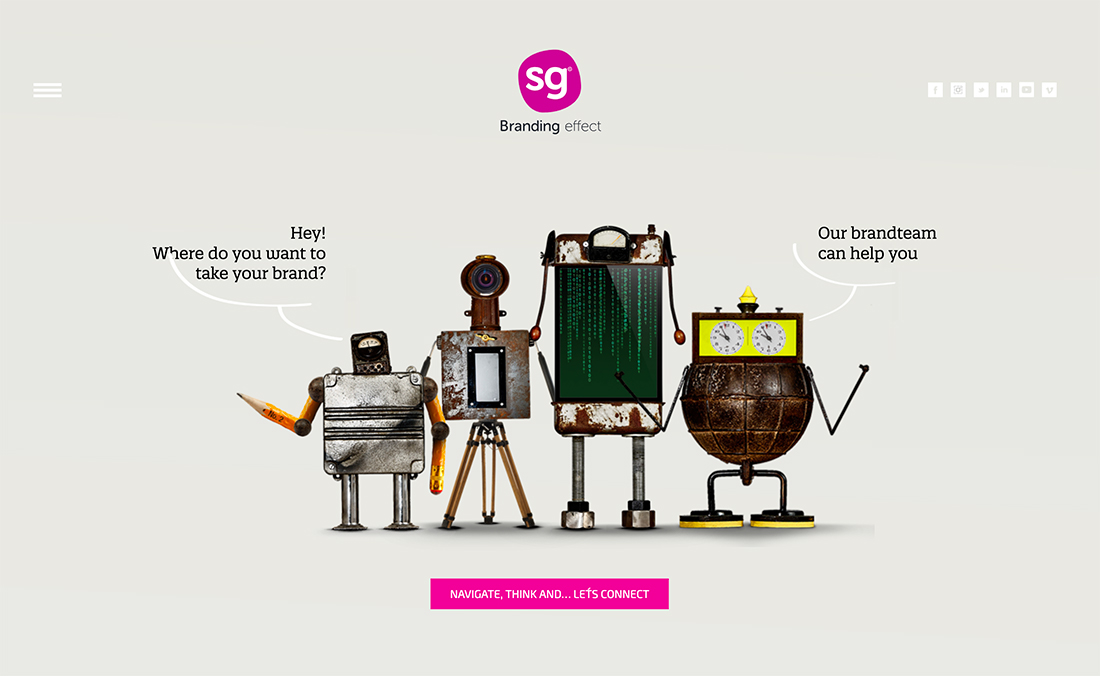

Mismatch is a manifesto, a primer, and a rousing invitation for everyone in the design and production process to become inclusion experts who will collectively make a better, more effective, and more just world for us to share." – Rosemarie Garland-Thomson, Professor of English and Bioethics at Emory University, author of Extraordinary Bodies and Staring: How We Look Designing for the future, Holmes convinces, requires designing for human diversity. "Kat Holmes’s approachable book, Mismatch, calls to tech industry leaders and designers to create inclusion by making a world that invites all of us to participate and benefits everyone. Espinel, CEO of BSA | The Software Alliance In this absorbing and important book, Kat Holmes lays out clear steps and the role we can each play to overcome bias and create inclusive design." – Victoria A.

As software changes our world, inclusive thoughtful design will be even more important. An important read for anyone who aspires to build great products for the greatest number of people." – Satya Nadella, CEO, Microsoft "Kat Holmes shows us how to make inclusion a source of innovation. And each time we remedy a mismatched interaction, we create an opportunity for more people to contribute to society in meaningful ways. It can be a catalyst for creativity and a boost for the bottom line as a customer base expands. Holmes shows how inclusion can be a source of innovation and growth, especially for digital technologies. A gamer and designer who depends on voice recognition shows Holmes his “Wall of Exclusion,” which displays dozens of game controllers that require two hands to operate an architect shares her firsthand knowledge of how design can fail communities, gleaned from growing up in Detroit's housing projects an astronomer who began to lose her eyesight adapts a technique called “sonification” so she can “listen” to the stars.ĭesigning for inclusion is not a feel-good sideline.

Holmes tells stories of pioneers of inclusive design, many of whom were drawn to work on inclusion because of their own experiences of exclusion. Inclusive design methods-designing objects with rather than for excluded users-can create elegant solutions that work well and benefit all. In Mismatch, Kat Holmes describes how design can lead to exclusion, and how design can also remedy exclusion. These mismatches are the building blocks of exclusion. Something as simple as color choices can render a product unusable for millions. Sometimes designed objects reject their users: a computer mouse that doesn't work for left-handed people, for example, or a touchscreen payment system that only works for people who read English phrases, have 20/20 vision, and use a credit card. How inclusive methods can build elegant design solutions that work for all.


 0 kommentar(er)
0 kommentar(er)
